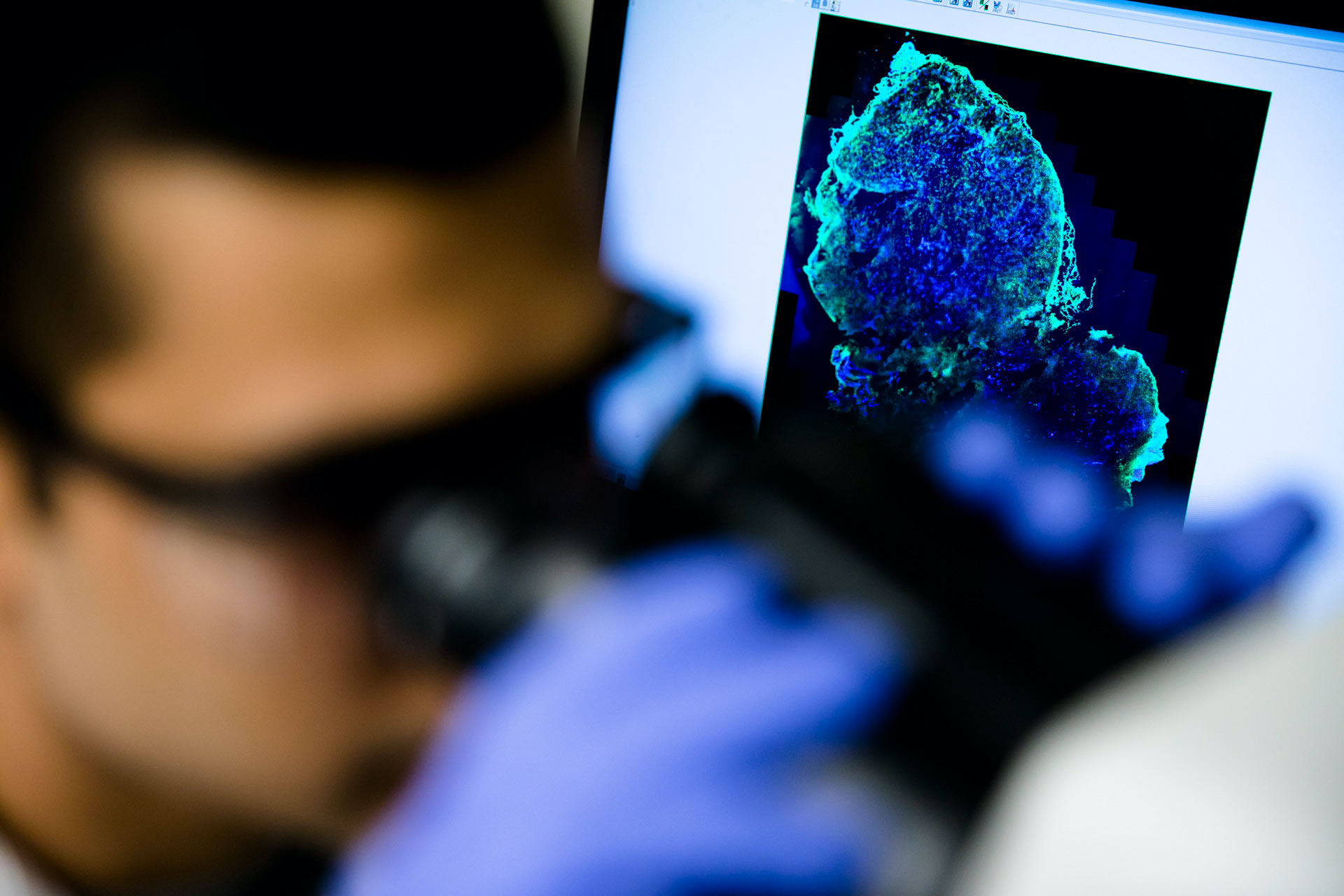
Innovate new technologies to address key barriers to improving brain cancer outcomes and to make an impact on patients
We aim to create a focused scientific ecosystem between technology/brain and technology/cancer. In doing so, the developed technologies may logically be applied to other important brain diseases and cancer types.
Research Strategy
We will focus on innovative research approaches to address the existing therapeutic challenges for gliomas. These barriers include:
We anticipate the development of a wide array of cutting edge technologies that include: (1) biomimetic nanoparticle (NP) delivery platforms to enable local and systemic drug delivery and imaging modalities, (2) polymer implants capable of sustained release of antibodies that block glioma cells’ growth and invasion, normalize vascularization, and send signals to cancer-killing immune cells, (3) HDL nanodiscs delivering personalized cancer vaccines, and (4) gene therapy delivery technologies using vectors engineered to encode genes that will kill cancer cells and stimulate immune response and immunological memory to prevent recurrence.
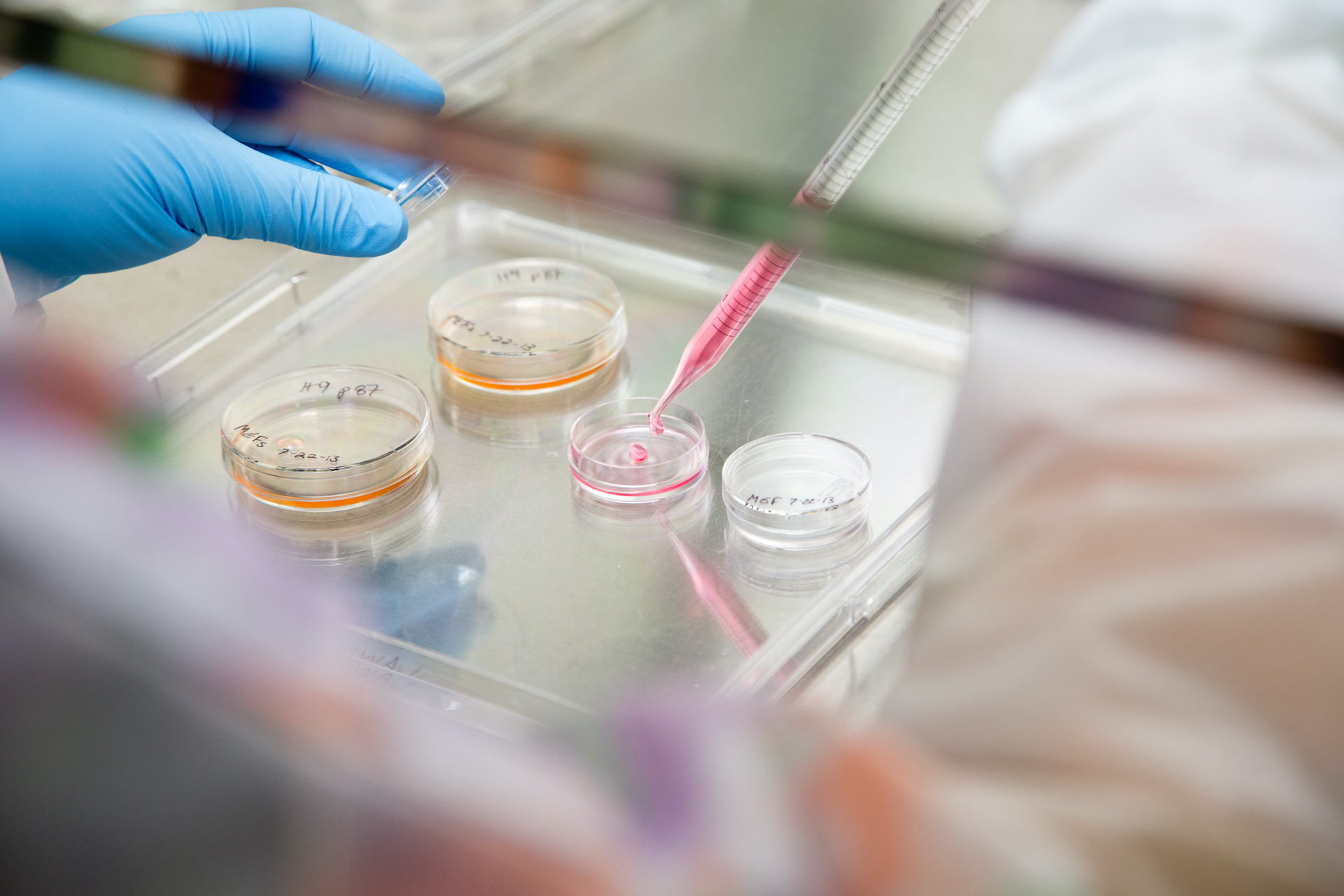
Moreover, we have investigators who are analyzing tumors to create patient-specific tumor antigens for personalized vaccine delivery, creating engineering techniques to analyze circulating tumor cells (CTCs) for liquid biopsy, and non-invasive histotripsy surgery to destroy glioma cells, and discovering new antibodies that can cross the brain barrier and small molecules for both systemic and local delivery.
Examples of Technologies
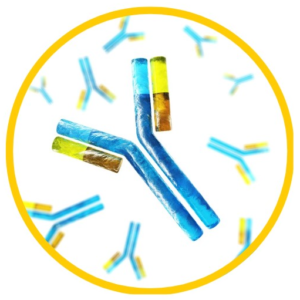
CD98hc Shuttle
a bispecific antibody shuttle that targets CD98hc on the brain-blood barrier (BBB)
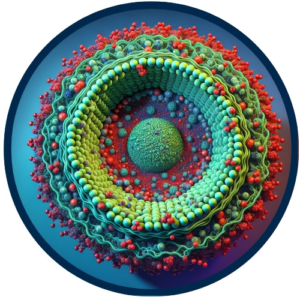
HDL Nanodisc
an ultrasmall, size 7-12 nm particle used for intratumoral drug delivery to the glioblastoma multiforme tumor microenvironment (GBM TME)

STING Agonist
actively engages and activates the STING pathway, amplifying the innate immune response

Immuno-Checkpoint PD-L1
inhibits PD-1/PD-L1 interaction and releases the “brakes” on T cells
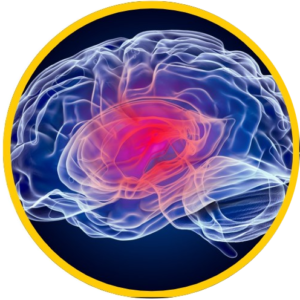
Histotripsy
treats a brain tumor with histotripsy ablation – an FDA approved technology
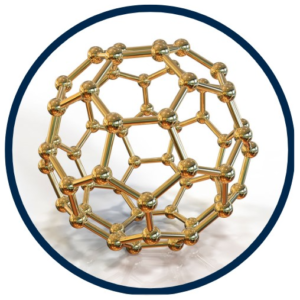
Nanoparticles for Drug Delivery
loaded with chemotherapeutic to inhibit GBM progression
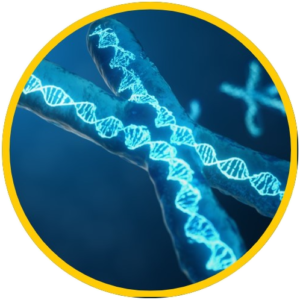
Gene Therapy
a combined immune mediated gene therapy (Ad-TK + Ad-Flt3L)
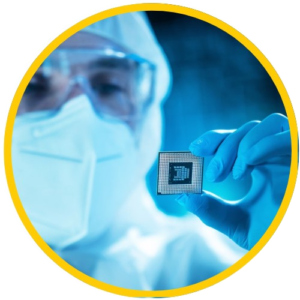
On-Chip Platform & AI
measures phenotypic differences between normal cells and cancer cells
Publications
BIBC researchers contribute to the research and education mission of U-M through their scholarly works.
